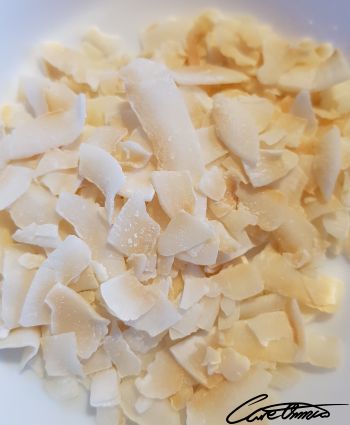What Is Myristic Acid (14:0) & What Foods Can I Find It In?
Myristic acid 14:0, also known as tetradecanoic acid.
It’s a common saturated long-chain fatty acid.
Nutmeg butter has 75% trimyristin, the triglyceride of myristic acid.
Myristic acid is a precursor to a variety of pharmaceuticals.
Table of Contents
Myristic Acid Accumulates Fat
Myristic acid is a saturated long-chain fatty acid. (source ◳)
This fatty acid is known because it accumulates fat in the body.
But consumption of myristic acid impacts positively on cardiovascular health. (source ◳)
Uses of Myristic Acid
Myristic acid is used to synthesize flavors.
It’s also often used as an ingredient in soaps and cosmetics. (source ◳)
Because of its low cost and ready availability, myristic acid is widely used in the production of detergents and lubricants, plasticizers, surfactants, and cosmetics.
Myristic Acid Is Abundant In Plants
Myristic acid is the most abundant saturated fatty acid in the plant kingdom.
It occurs in many species of plants in quantities ranging from approximately 0.5% to approximately 15% of the total fatty acids of the plant oil.
Myristic Acid Is Poorly Absorbed
Myristic acid is poorly absorbed in the digestive tract, and is not absorbed at all in the small intestine.
It is believed that myristic acid is poorly absorbed due to the presence of myristic acid in its triglyceride form.
Foods You Can Find Myristic Acid (14:0) In
You find myristic acid mostly in fats and oils, spices and herbs, nuts and seeds, and dairy and egg products.

Examples of food sources include
Foods in our nutrition tool
You can find regularly updated, top ranked lists of foods for over 200+ nutrients in our nutrition tool.
If you are interested in what foods contain the most myristic acid, we recommend you visit our tool.
Here's our top ranked list of foods that contain Myristic Acid (14:0).

